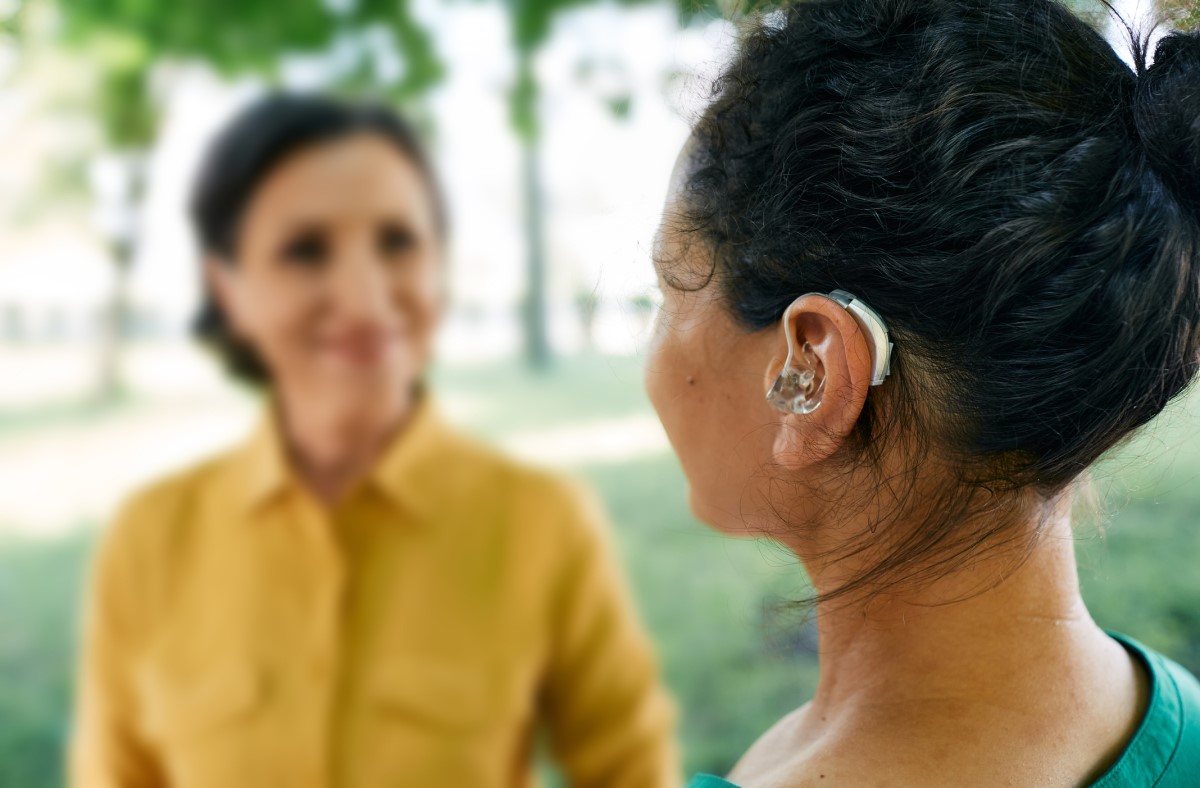Treatment of otosclerosis: no cure, will surgery help?
Unfortunately, there is currently no known effective treatment for otosclerosis.
In the past, sodium fluoride has been prescribed. Sodium fluoride acts as an antagonist of bone remodelling and deactivates osteoclasts, the cells that 'nibble' bone. However, this action takes place in the bone system of the whole body. It is therefore necessary to prescribe an adequate dose of sodium fluoride that is sufficient to stop bone remodelling in the middle ear but is not harmful to the rest of the body.
Clinical trials are currently underway to establish this dose.
Bisphosphonates and vitamin D are other possible future treatment alternatives for patients with otosclerosis. This research is still in its early stages.
Surgical treatment
Surgery is another treatment option.
The principle of middle ear surgery is to restore the functional mechanical transmission of sound through the middle ear. This surgery corrects the conductive hearing loss.
However, this surgery cannot affect sensorineural hearing loss secondary to cochlear impairment.
The surgery is a minimally invasive one-day procedure performed under general anesthesia.
There are two variants of the operation:
- Stapedotomy - the creation of a small hole using a micro-hook or laser in the base of the stirrup where the prosthesis is inserted. Before the prosthesis is inserted, the connection between the anvil and the stirrup is dislocated. The operation is performed without removing the entire stirrup.
- Stapedectomy - involves the removal of almost all parts of the stirrup, including both arms of the stirrup. They are replaced with a prosthesis. The prosthesis rests on a piece of fatty tissue in the oval window of the inner ear. Vibrations are then transmitted from the hammer through the anvil to the prosthesis, which agitates the fluid in the inner ear.
Indications for surgery include:
- transfer hearing loss
- a degree of hearing loss of at least 20 dB
- speech discrimination ability of at least 60 %
- the patient is in good health
Contraindications include:
- poor physical condition of the patient
- unstable hearing loss
- dizziness
- previous middle ear infection with perforation of the eardrum
- hearing loss of 70 dB or worse
- speech discrimination 80% or better
Complications of surgery are rare. These include deafness, anvil necrosis, eardrum perforation, facial nerve damage, taste disturbances, dizziness and others.
Hearing aids
Hearing aids are a suitable alternative for patients who are contraindicated to surgery and are therefore not suitable candidates for stapedectomy or stepotomy. The advantage is that sensorineural hearing loss, i.e. secondary cochlear impairment, can be corrected with a suitable implant.
Hearing aids work on the principle of amplifying sound and increasing the transmission energy through the stiffened ossicles. This improves the transmission of sound to the inner ear. Suitable candidates for hearing aid fitting are patients with a hearing loss greater than 25 dB.
The hearing aids can be adjusted to amplify only those frequencies that are problematic for the patient according to audiometry. As otosclerosis progresses and the problematic frequencies increase, the hearing aid can be further adjusted and its settings changed.
Currently, implantable hearing aids such as middle ear implants and bone conduction implants are most commonly used in otosclerotic patients.

These implantable hearing aids amplify the acoustic signal transmitted to the cochlea, similar to hearing aids, but are technically very different.
- Middle ear implants are surgically attached to the middle ear bones and amplify sound by mechanically vibrating the bones. These implants have limited use in patients with otosclerosis because they require movable bones.
- Bone conduction implants are indicated for patients with conduction disorder or mixed hearing loss with minimal cochlear sensorineural impairment. The principle is to bypass the outer and middle ear by transmitting vibrations from the temporal bone directly to the inner ear. The implants are surgically attached to the temporal bone. Bone conduction implants can be applied bilaterally, but usually a unilateral implant is sufficient. The transmitted vibrations are so intense that they stimulate the secondary cochlea.
- Cochlear implants work in a completely different way. They do not amplify acoustic signals, but directly convert acoustic signals into electrical signals. These are transmitted directly to the auditory nerve and from there to the brain. This is a complete bypass of the middle and inner ear, which makes these implants suitable for patients with sensorineural hearing loss.










